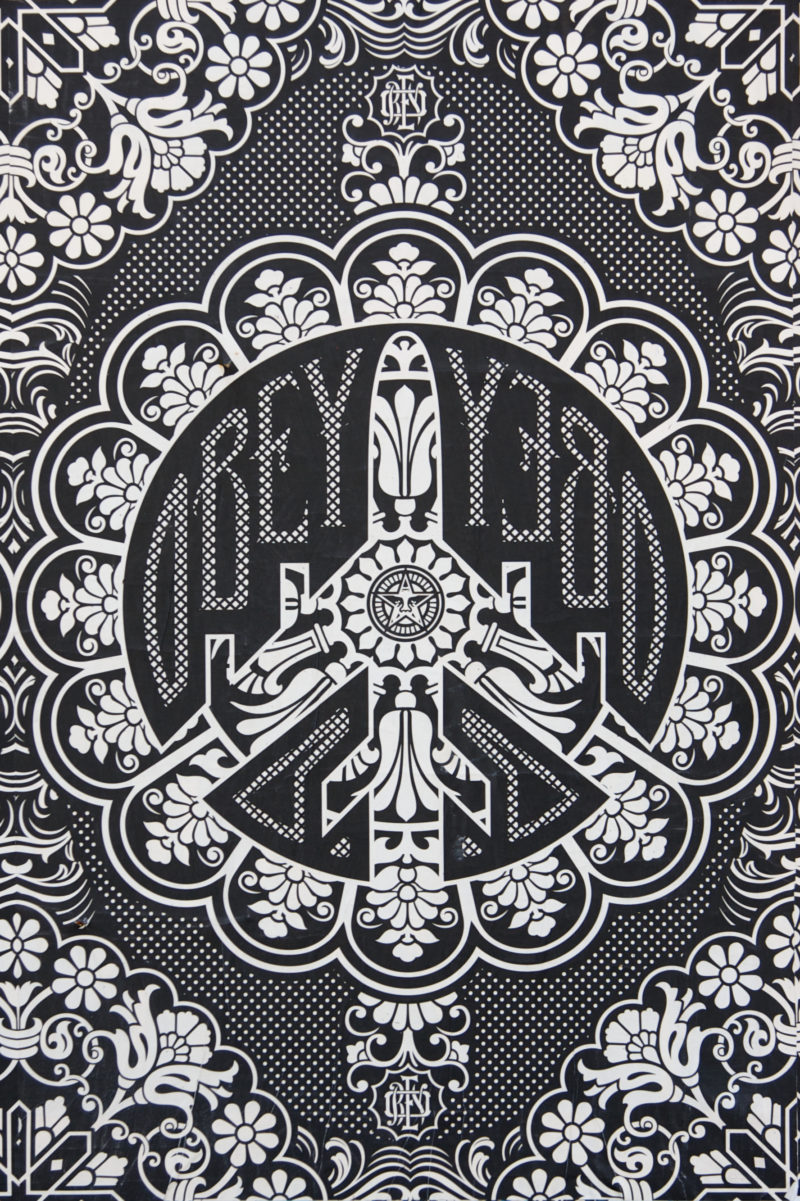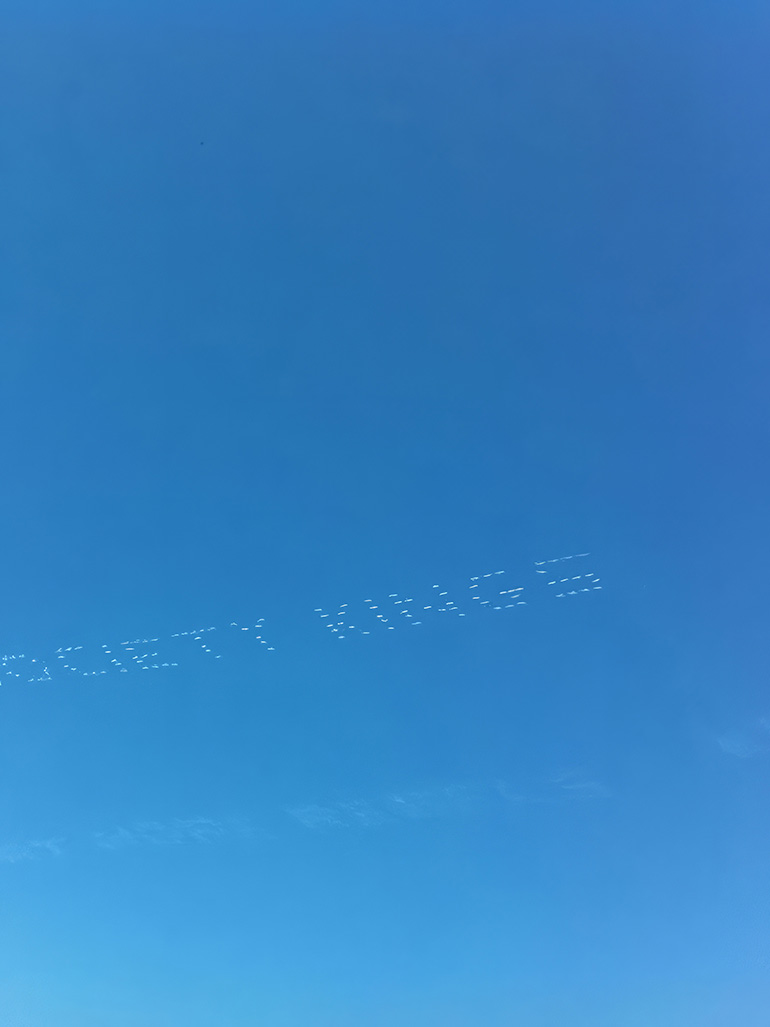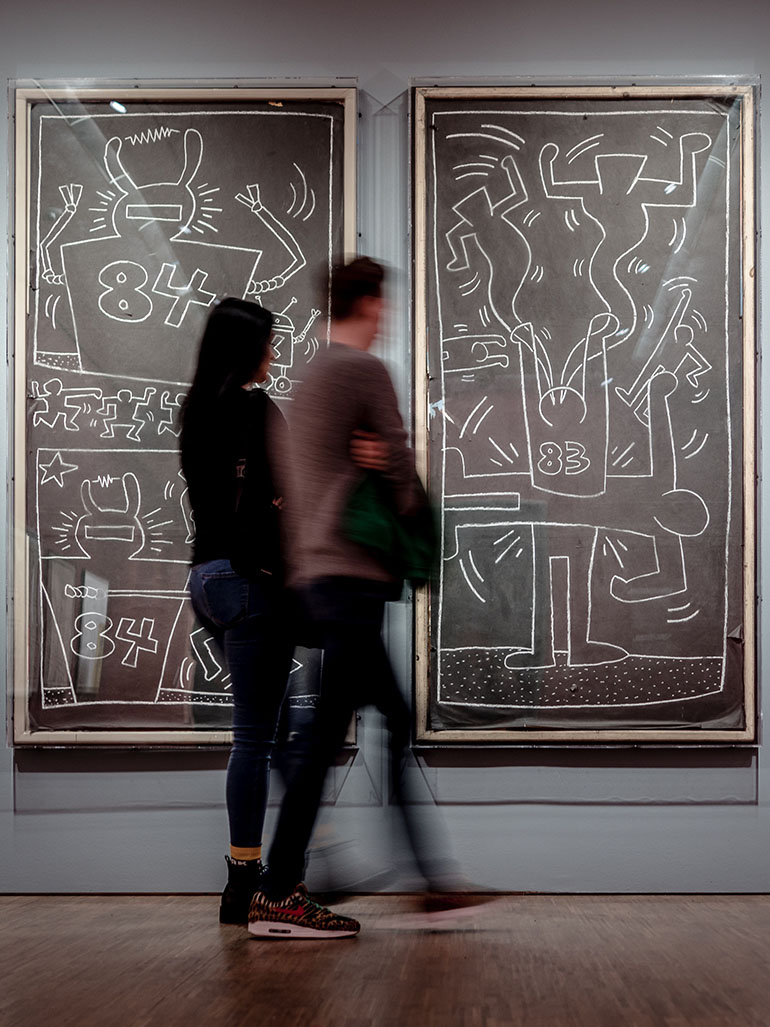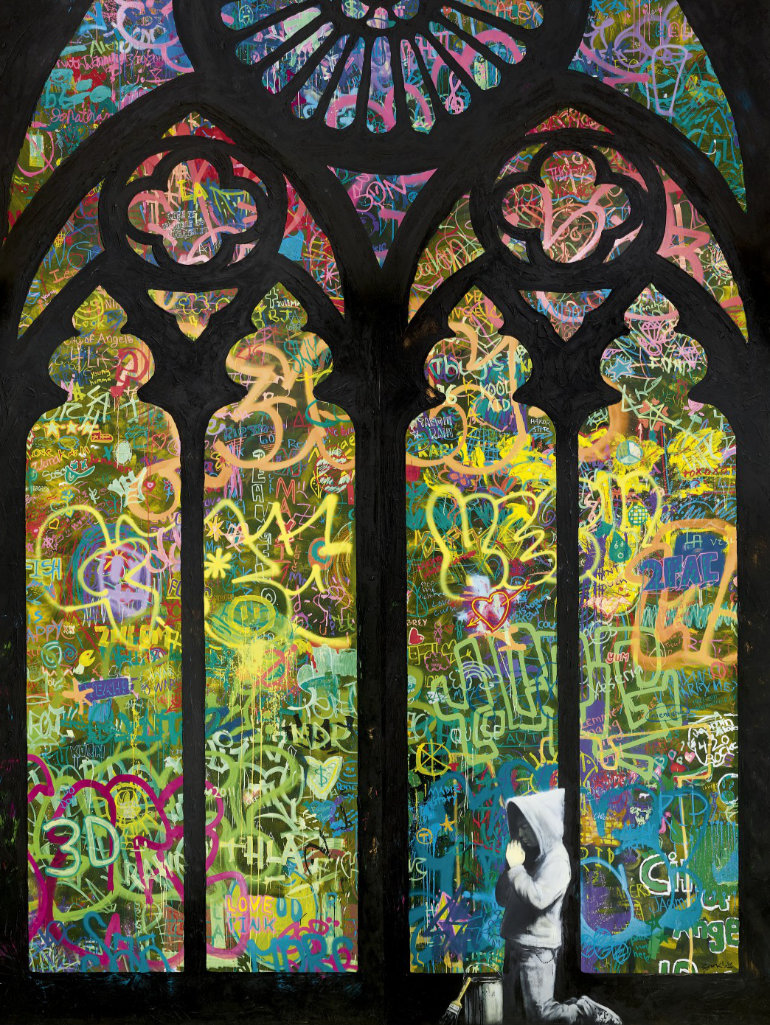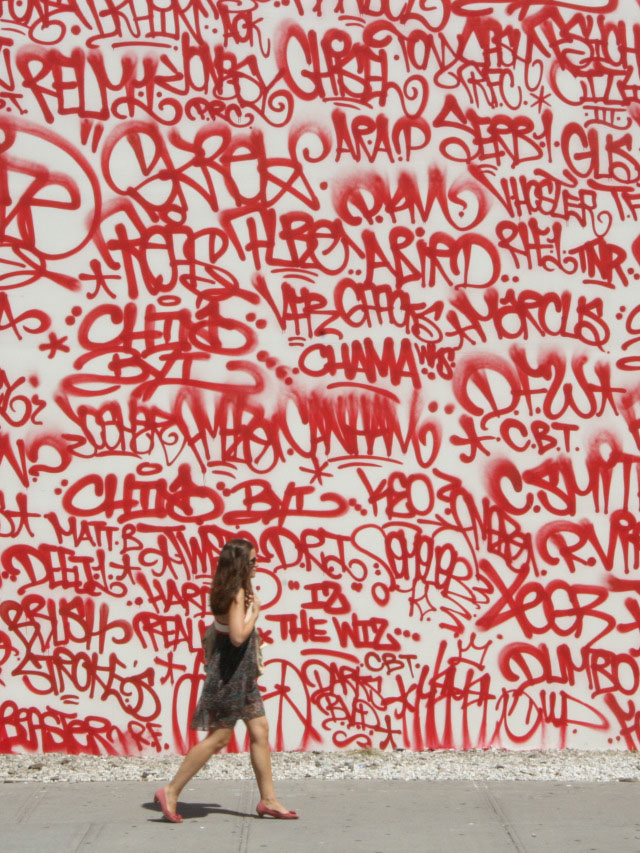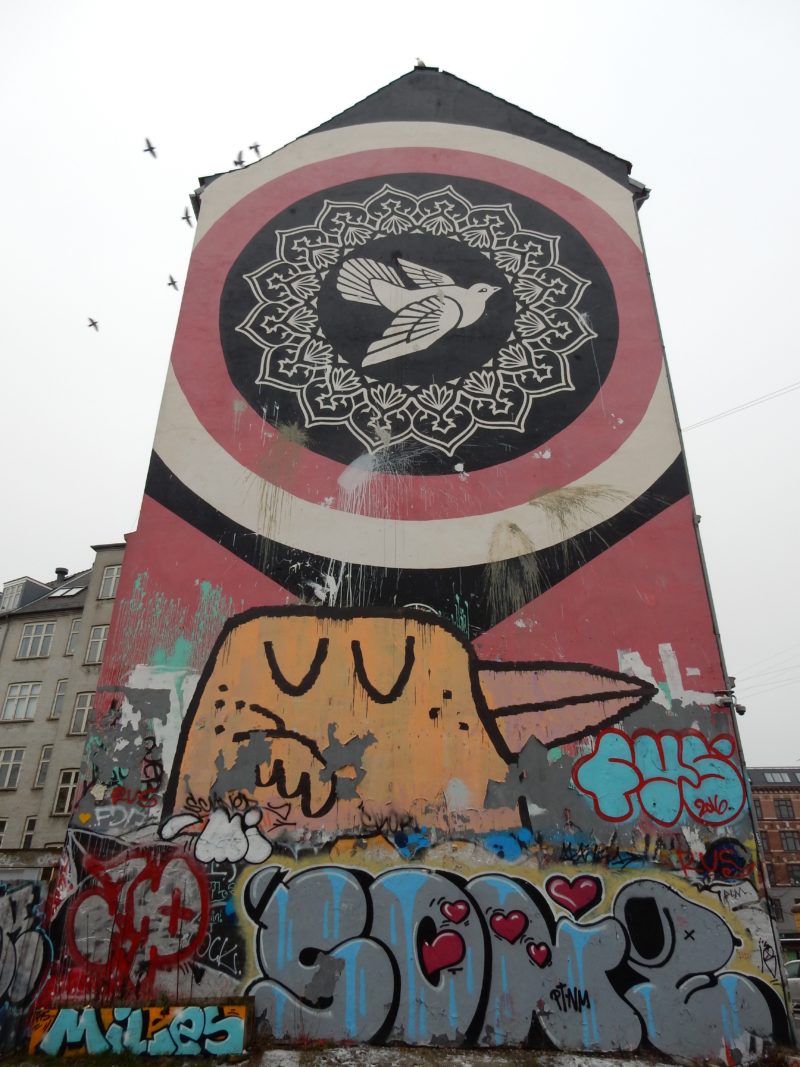
Introduction
Shepard Fairey 1 is a street artist, illustrator, graphic designer, founder of OBEY Clothing, and activist. He first burst into the street art scene with Andre the Giant Has a Posse sticker campaign while still at the Rhode Island School of Design. He is well-known for his famous Obama Hope poster that became a viral image during the 2008 General Election in the United States.
While Fairey is widely accepted in most countries worldwide, he is not that popular in Denmark 2. In 2011, the artist made 110 pieces for the exhibition at V1 Gallery in Copenhagen 3.
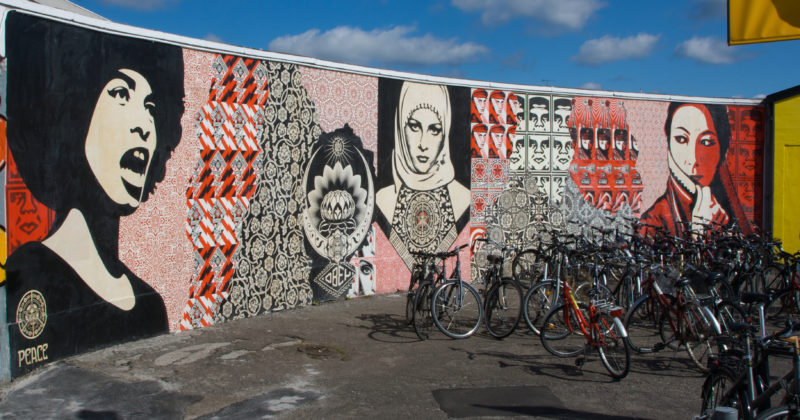
Copenhagen debacle
Fairey spent days creating murals in public 4, two of which were three stories high. But while the reward for his politically-inclined artwork in the US was international recognition and a personal “thank you message” from President Barack Obama, the Danish response was less edifying.
The particular piece that elicited anger amongst the audience had been painted on a building adjacent to the vacant site depicted a dove in flight above the word “Peace” and the figure “69”. The mural appeared to reopen old wounds, with critics accusing the artist of peddling government-funded propaganda.
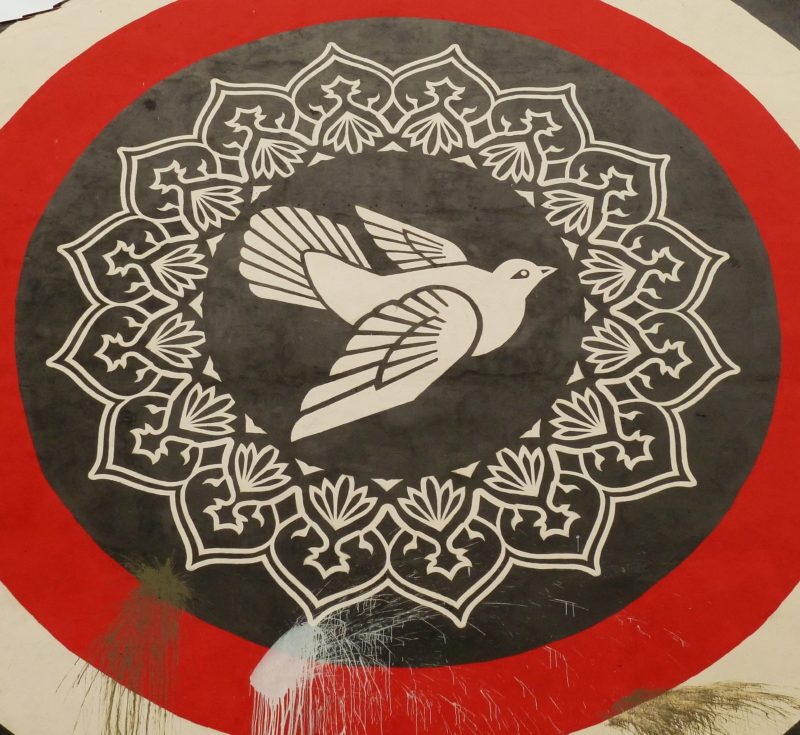
Attack on Fairey
Some called Fairey “Obama Illuminati 56” and proceeded to beat him and a friend up immediately after the show’s opening, leaving him with a black eye and bruised rib.
Despite that, the artist refused to report the assault to the police, saying in The Atlantic 78:
The only thing I could see coming out of it was further media commentary like ‘street artist whiner Shepard Fairey can’t hold it down in a fight so he snitches to the cops.
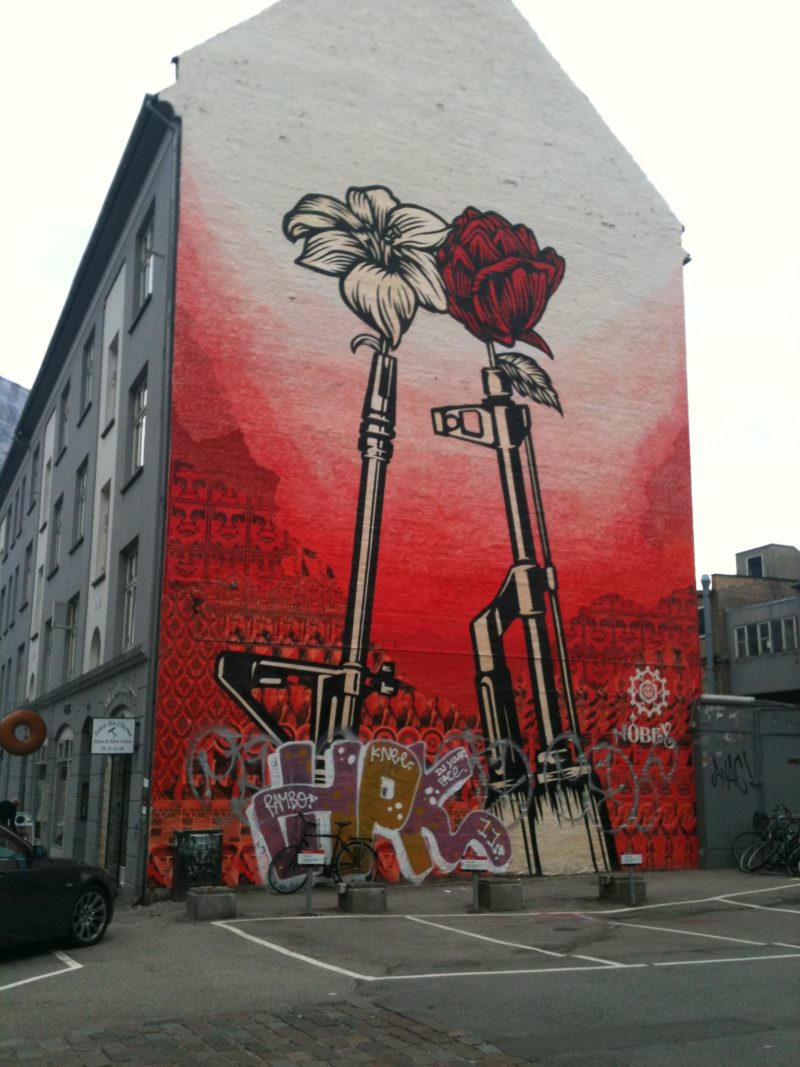
The reason for the controversy
Shepard believes the attack was sparked by a misunderstanding over his mural commemorating the demolition of the legendary “Ungdomshuset” (youth house) at Jagtvej 69.
The building, a long-term base for Copenhagen’s left-wing community, was controversially 9 demolished in 2007. In the intervening years, it has become a potent symbol of the standoff between the establishment in Copenhagen and its radical fringe.

According to the witnesses at the site 1011, the 41-year-old artist and his colleague Romeo Trinidad were punched and kicked by more than two men outside a nightclub they had gone to unwind.
Shepard painted a rosy picture of his time in Copenhagen, writing in his blog 1213:
We rode bikes all over town and got a lot of sun and exercise. The opening at V1 and after-party were amazing . . . My one regret is that I did not have more time to enjoy the city other than through street art.
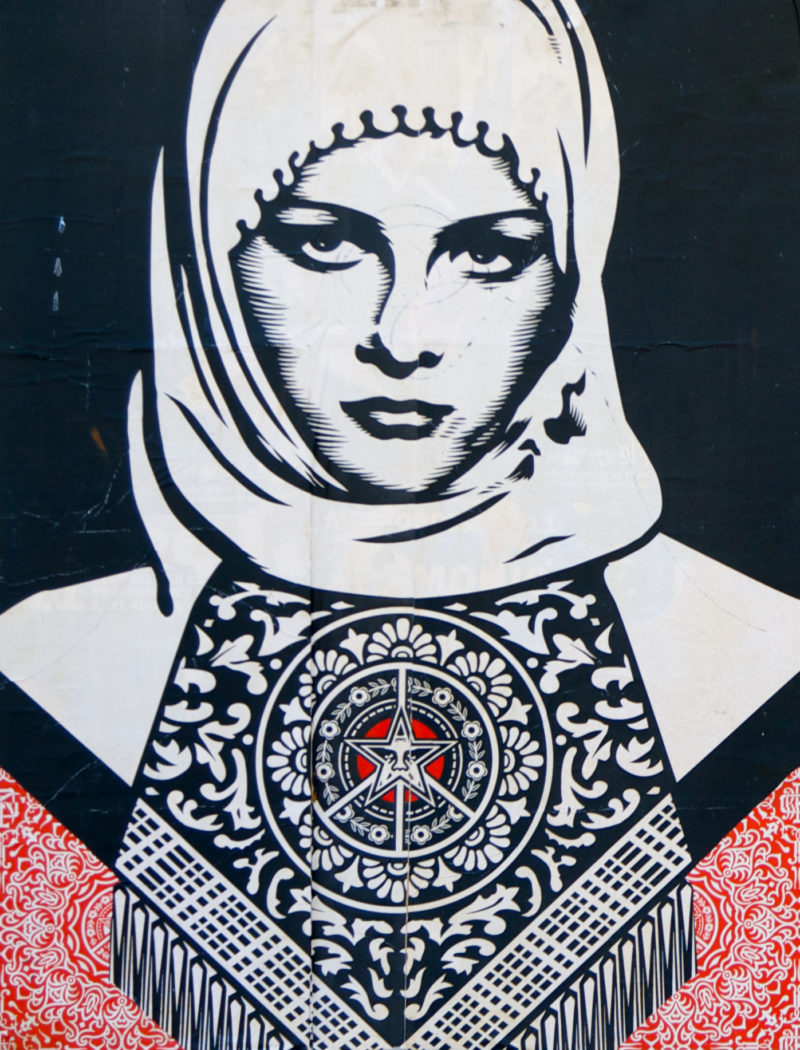
Fairey’s reaction
Despite the hostile welcome, the artist said:
Copenhagen is a progressive, culturally rich place with great design, art, architecture, and environmental consciousness.
But he went short of using a sweeping statement in describing the people of the city, saying:
The people (for the most part) are incredibly friendly and thoughtful. Not everyone in Copenhagen was hospitable, but that deserves a longer and more thorough explanation and analysis.
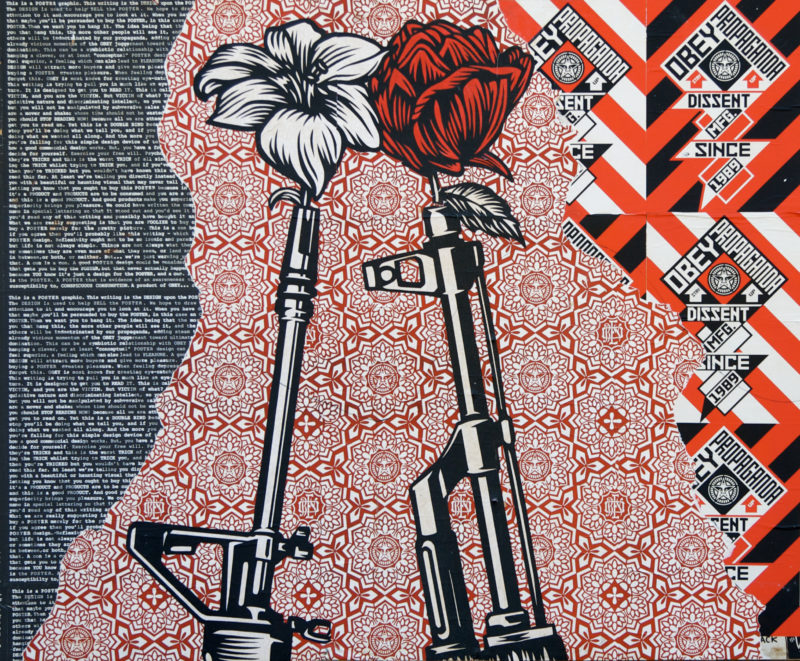
Shepard reveals that the mural location in question had a controversial history between the supporters and residents of the Youth House and the city of Copenhagen.
The artist said in another article on his blog 1415:
In spite of efforts by myself, my gallery, and the Youth House to correct the record, media outlets continue to perpetuate the misconception that I had been hired or at least prompted by the city to create my mural at the former Youth House location. An unfortunate chain reaction of events took place that I believe may have been, at least in part, catalyzed by media misinformation that continues to circulate. Below is my attempt to thoroughly illuminate my experience in Copenhagen.
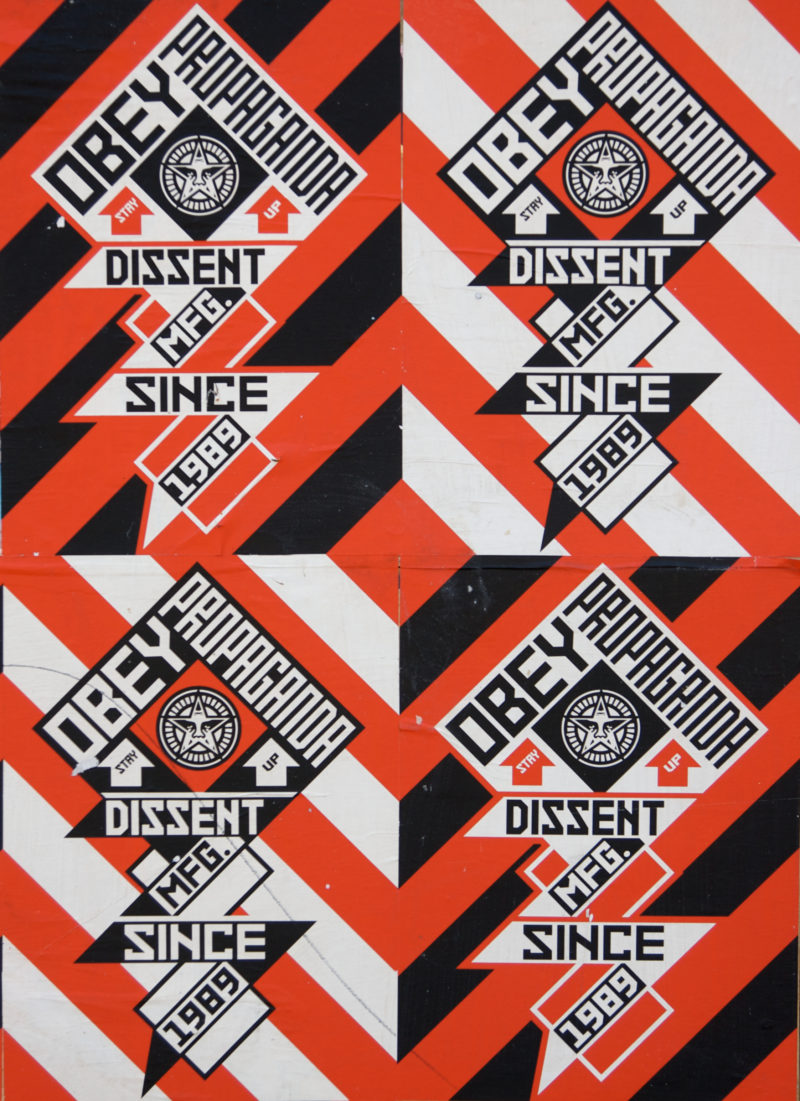
Vandalism
Less than 24 hours of completion, the painting was vandalized 16 by picketers, with graffiti with messages “no peace” and “go home, Yankee hipster.”
The artist had collaborated with ex-members of the 69 youth house to redecorate the lower half of the installation, featuring images of riot police and explosions along with the slogan: “Nothing forgotten, nothing forgiven.”
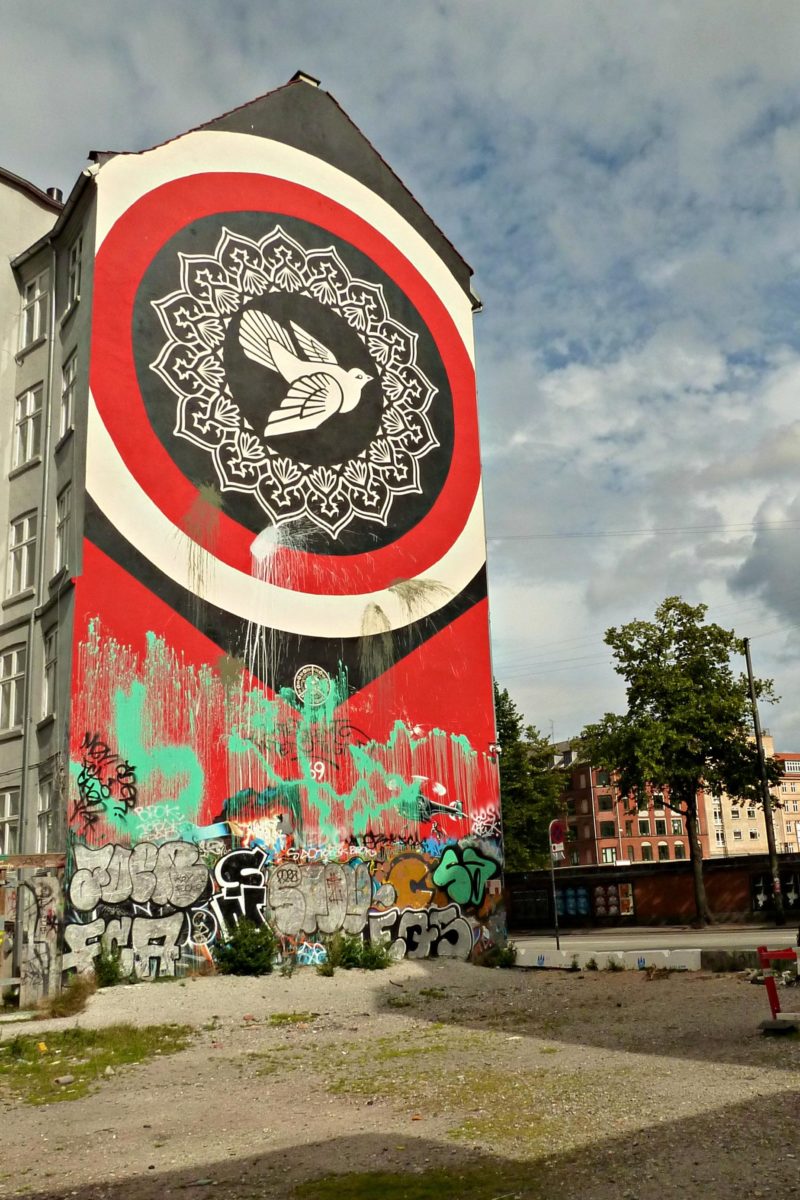
Contrary to media reports, the original mural was sponsored by Shepard’s Copenhagen gallery, V1, and not commissioned by the city. The local press had previously reported that the city council had paid Fairey almost $50,000 for the painting, but the artist denied those reports.

Adding that he did not think his attackers were associated with the 69 youth house, he said 1718:
It looked to the people at 69 like I was cooperating with authorities, making a propaganda piece to smooth over the wound.
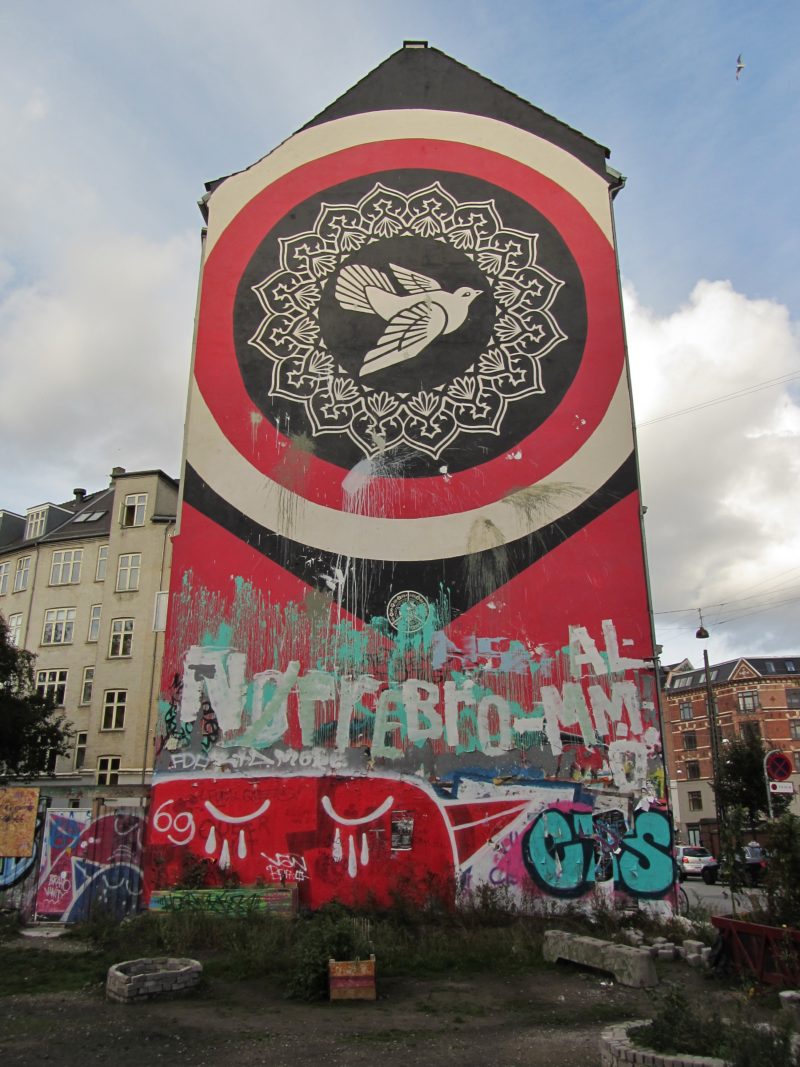
Bigger picture
It seems like the artist got caught in the middle of a controversy between the city government and left-wingers. Shepard struggled to make peace with both sides; the violence appears to have emerged from the Danish leftist radical aversion of both hipsters and Obama.
For the left-wing community, the city council made the artist their pawn to send an insult to the activists whose base they destroyed a few years before.
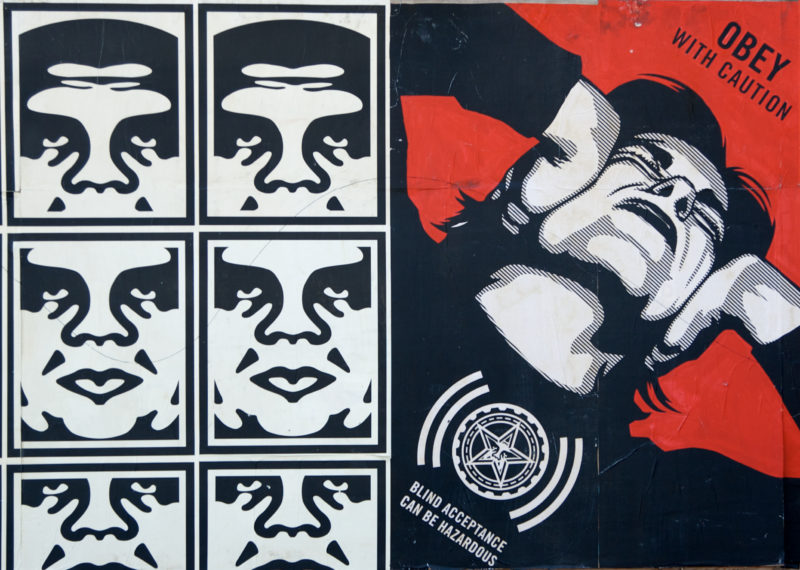
According to Shepard, he had a feeling that the local press knew it would be a more dramatic and controversial story if it appeared that the artist was collaborating with the same forces that evicted the Youth House dwellers in 2007 to create a placating propaganda piece.
He added 1920 that he “found out that the Youth House slogan in the wake of the eviction and demolition is ‘not forgotten, not forgiven'”.
Shepard didn’t sense any sense of sinister, although, at some point, a local blogger yelled at him while on a ladder while painting the AK-47/M-16 mural.
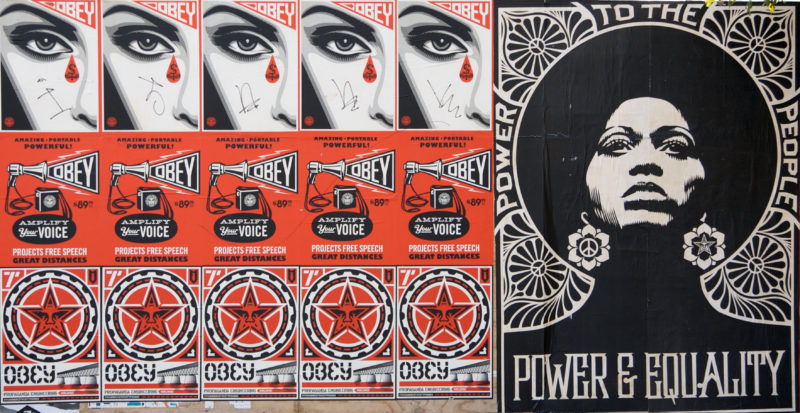
Final words
Shepard had complete creative freedom for his murals, which were “part of a strategy to brand Copenhagen as progressive and ‘cool’.” But as it turned out, Shepard was not the kind of cool that the Danish people wanted or liked.
The controversy that ensued in Copenhagen reveals how far we have come since the conversation that propelled Fairey’s famous Obama posters viral. From the first controversy, the artist escaped unscathed from infringement right over the image used for the poster and took some flak for being a sell-out.
